Crown Braids: A Guide to the Ethereal & Romantic Hairstyle | Master the Look
The Ultimate Guide to the Crown Braid: An Ethereal and Romantic Hairstyle
There are few hairstyles as universally enchanting as the crown braid. This intricate, woven updo evokes a sense of timeless romance, ethereal beauty, and effortless grace. Whether seen on the red carpet, at a rustic wedding, or a sun-drenched festival, the crown braid makes a powerful statement of sophisticated femininity. It’s a style that is both regal and bohemian, polished and whimsical, making it one of the most versatile and beloved braided looks.
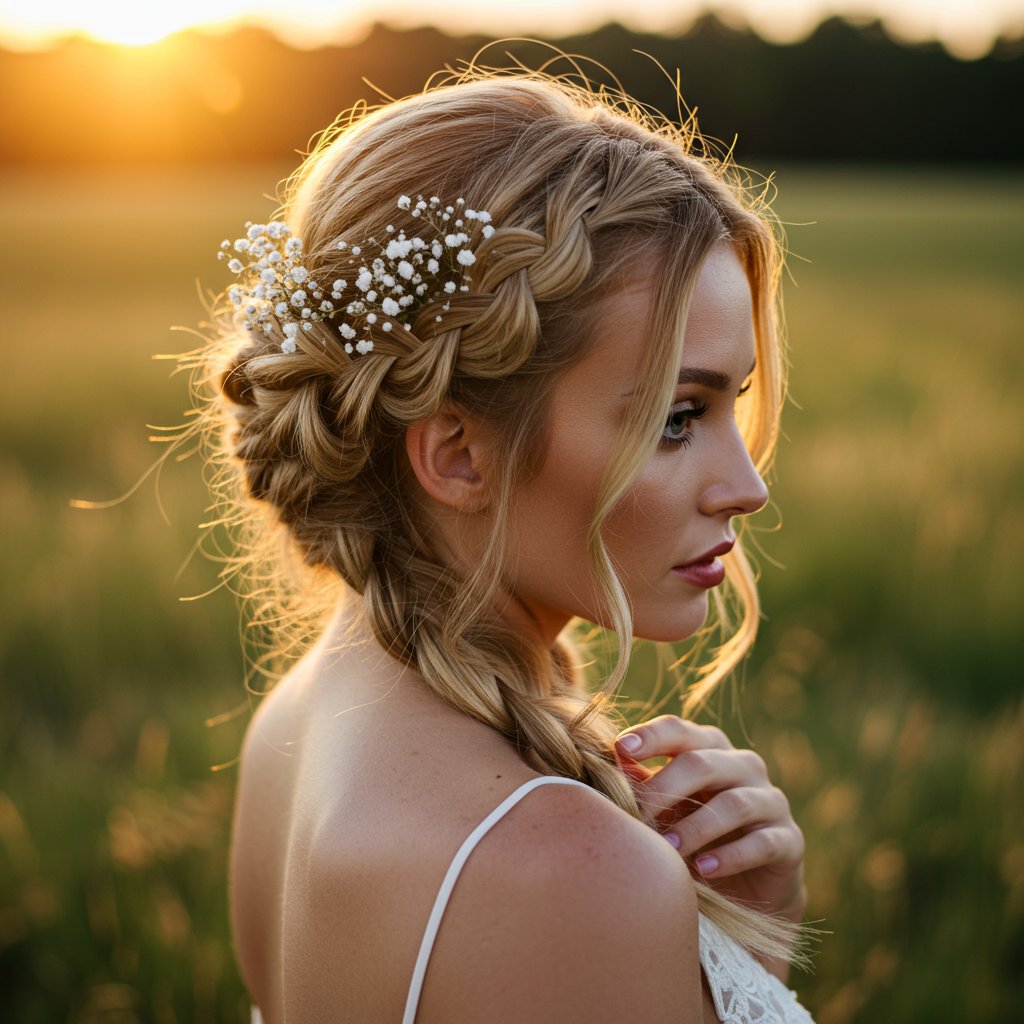
More than just a beautiful hairstyle, the crown braid is a practical choice that keeps hair elegantly swept away from the face. Its complexity can seem intimidating, but with the right techniques and preparation, it is an achievable look for various hair lengths and types. This comprehensive guide will explore the rich history of the crown braid, detail the different variations you can try, provide a step-by-step tutorial, and offer expert tips to help you master this stunning hairstyle for any occasion.
The Timeless Allure of the Crown Braid: A Journey Through History
The crown braid is not a modern invention; its roots trace back through centuries, weaving a story of culture, status, and artistry. In Ancient Greece, intricate braids and updos were a symbol of wealth and social standing. Women adorned their hair with elaborate woven styles, often incorporating flowers and precious metals, with styles resembling the modern crown braid appearing in historical art and sculptures. This hairstyle was not just for aesthetics but also a signifier of beauty and virtue.
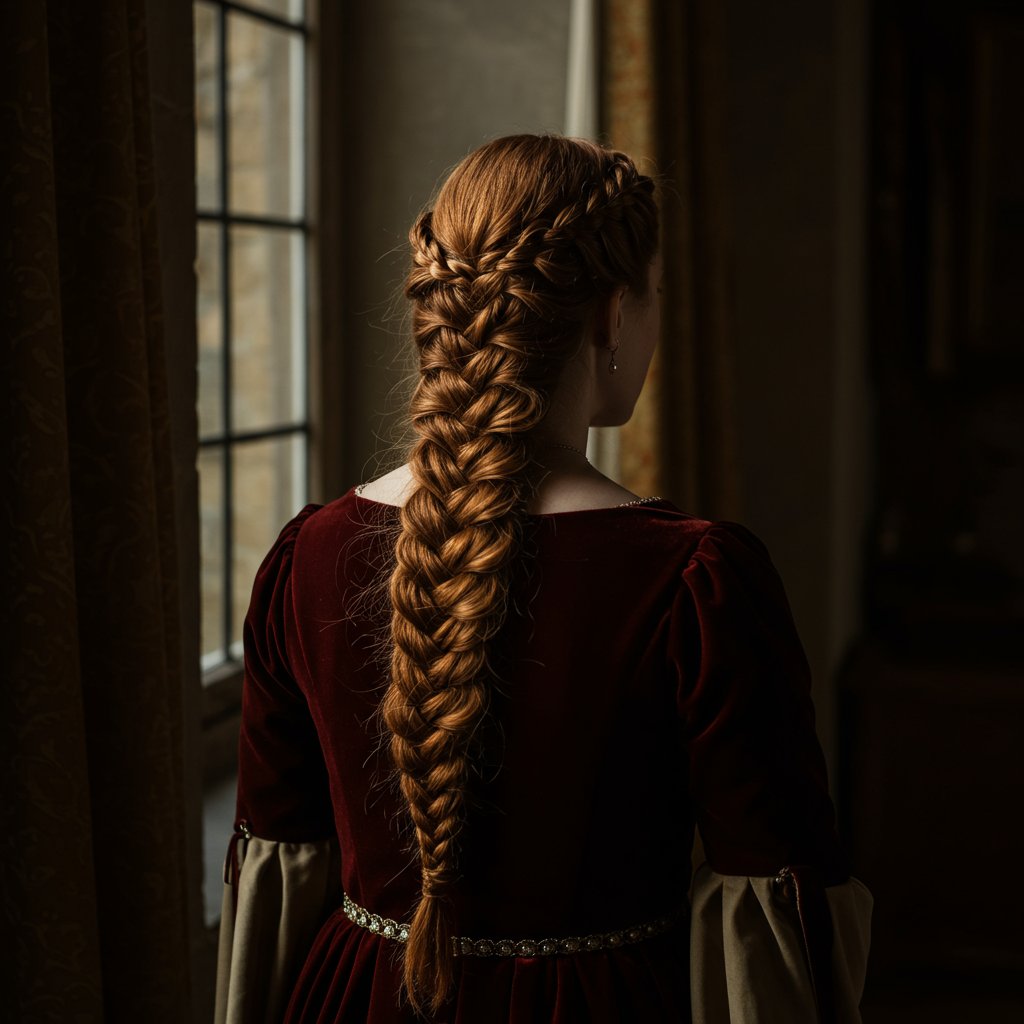
Moving into Medieval and Renaissance Europe, the halo or crown braid remained a popular choice among noblewomen. In an era where modesty was paramount, braided updos were a practical way to keep long hair neatly contained, often under headdresses or veils. Paintings from this period frequently depict women with braids wrapped elegantly around their heads, showcasing a look that was both pious and regal. The style's association with royalty and nobility solidified its status as a sophisticated and aspirational look.
In more recent history, the crown braid has seen numerous revivals. It became a signature look in Eastern European folk traditions, famously associated with Ukrainian politician Yulia Tymoshenko. The 2010s saw a massive resurgence with the rise of bohemian and festival fashion, where a slightly deconstructed, looser crown braid became the go-to style for a free-spirited aesthetic. Today, it remains a favorite for brides, celebrities, and anyone seeking a hairstyle that is undeniably romantic and chic, proving its enduring appeal across time and cultures.
Types of Crown Braids: Finding Your Perfect Regal Style
While the concept of a braid wrapped around the head is simple, the execution can vary dramatically, leading to distinct styles. Understanding the different types of crown braids allows you to choose the perfect one for your hair type, personal style, and the occasion.
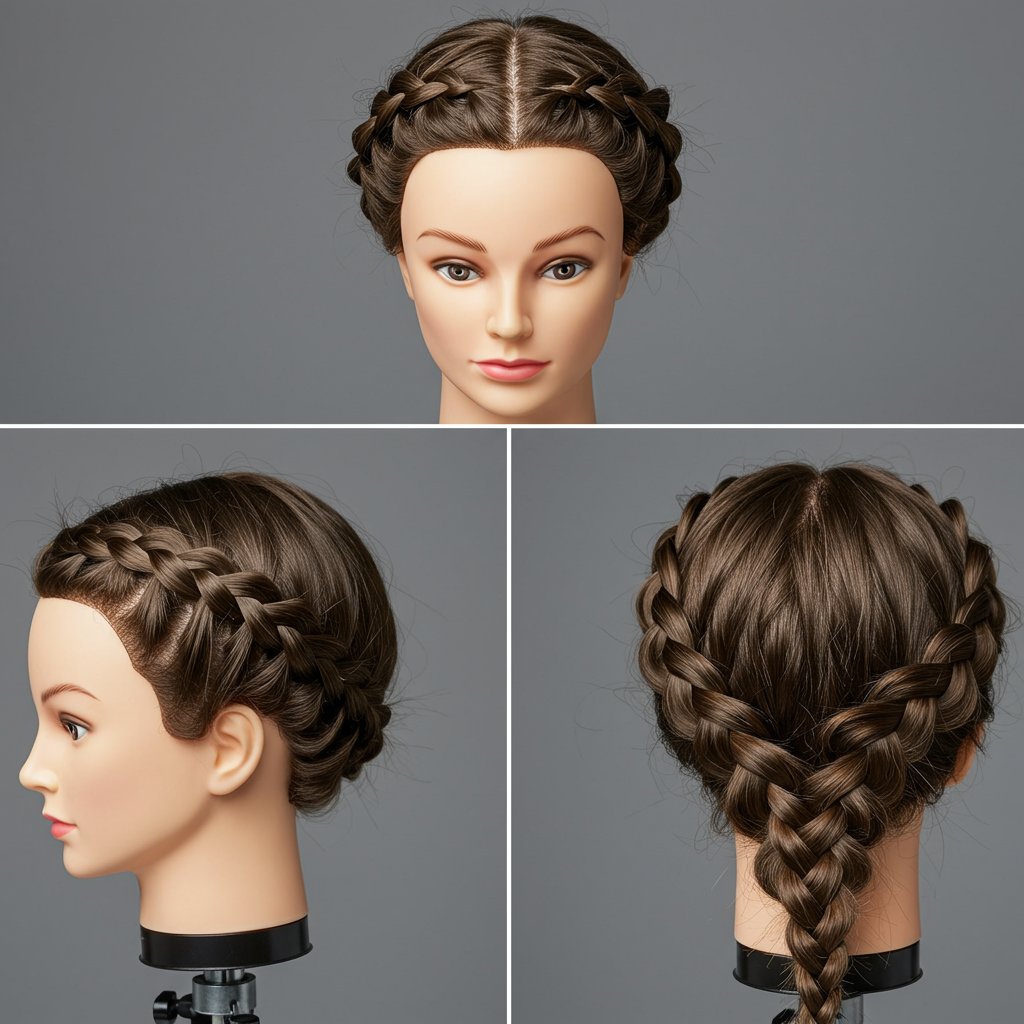
The Classic Dutch Crown Braid: Bold and Defined
The Dutch braid, also known as an inside-out or reverse French braid, creates a prominent, three-dimensional effect. Instead of crossing strands over the middle, you cross them under. When used for a crown braid, this technique makes the braid pop from the head, creating a bold, defined halo. This style is excellent for making a statement and works particularly well on thicker hair, as it showcases the volume and texture beautifully. It’s a popular choice for a structured, yet romantic look.The Soft French Crown Braid: Seamless and Elegant
In contrast to the Dutch braid, the classic French braid involves crossing the side strands over the middle strand. This technique weaves the hair flat against the scalp, resulting in a smoother, more seamless integration. A French crown braid offers a softer, more subtle and elegant appearance. It's a fantastic option for those with fine hair, as it doesn't require as much volume to look complete. This style is the epitome of classic romance and is perfect for formal events and weddings where a polished finish is desired.The Fishtail Crown Braid: Intricate and Bohemian
For a more intricate and bohemian vibe, the fishtail crown braid is an exceptional choice. Created by weaving together two sections of hair instead of three, the fishtail has a complex, herringbone-like pattern. While it can be more time-consuming to create, the result is a stunningly detailed and textured crown. This style is perfect for festivals, beach weddings, or any event where you want a unique, eye-catching look. It can be worn tight for a sleek finish or pulled apart for a wonderfully messy, boho-chic effect.Preparing Your Hair for the Perfect Crown Braid
Achieving a flawless, long-lasting crown braid begins long before you make the first plait. Proper preparation is the key to creating a style that has the right texture, grip, and structure to hold its shape all day or night. Rushing this step can lead to a braid that slips, sags, or looks untidy.
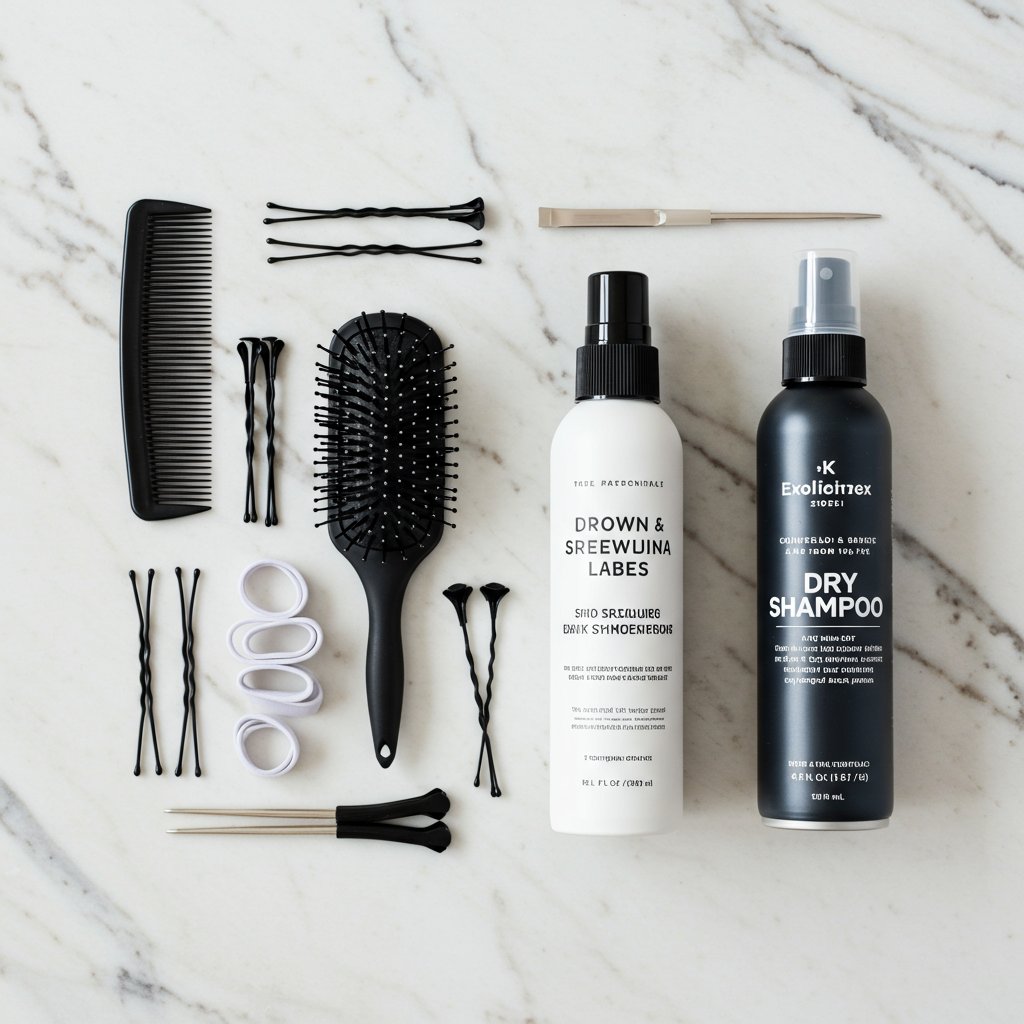
Step 1: Start with the Right Foundation
While it may seem counterintuitive, crown braids often hold better on hair that isn't freshly washed. The natural oils in second-day hair provide grit and texture, which helps the strands grip each other and prevent the braid from loosening. If you must start with clean hair, avoid using silky, conditioning masks beforehand. Instead, apply a texturizing spray or a sea salt spray from roots to ends to mimic that second-day texture. A light mist of dry shampoo at the roots can also absorb excess oil and provide a fantastic boost of volume and grip.Step 2: Essential Products for Grip and Texture
Beyond texturizing spray, a few other products can make a world of difference. A golf-ball-sized amount of volumizing mousse worked through damp hair before blow-drying can add body and hold, especially for those with fine hair. For taming flyaways and creating a sleek finish, a small amount of pomade or smoothing cream warmed between your palms and lightly applied over the finished braid works wonders. A flexible-hold hairspray can be used during the braiding process to control sections, while a strong-hold finishing spray will be your final step to lock everything in place.Step 3: Tools of the Trade
A few simple tools are essential for a successful crown braid. You will need a rat-tail comb for creating a clean, precise part. Clear hair elastics are ideal for securing the ends of your braids without being visible. Bobby pins that match your hair color are crucial for tucking in and securing the finished braid against your head. For a secure hold, try using U-shaped hairpins, as they can anchor the braid more effectively than standard bobby pins. Having these tools laid out and ready will make the entire process smoother and more efficient.Step-by-Step Guide: Creating a Basic Dutch Crown Braid
This tutorial will walk you through creating a classic Dutch crown braid, which offers a beautiful, defined look. It’s best to stand between two mirrors so you can see both the front and back of your head.

- Part Your Hair: Use a rat-tail comb to create a clean center or side part, from your forehead all the way down to the nape of your neck. You will be working on one side at a time. Secure one section with a clip to keep it out of the way.
- Begin the Braid: On the loose side, take a small triangular section of hair near your part and forehead. Split this section into three equal strands. Begin a Dutch braid by crossing the right strand under the middle strand, and then the left strand under the new middle strand.
- Add Hair and Braid Along the Hairline: On the next stitch, pick up a small amount of hair from the hairline and add it to the outer strand before crossing it under the middle. Continue this process, grabbing new hair only from the side closest to your face, guiding the braid to follow your hairline down toward your ear.
- Continue Around the Head: Once you reach your ear, begin incorporating hair from the inner part of the section as well. Continue the Dutch braid down to the nape of your neck. Once all the hair from that first half is incorporated, continue with a regular three-strand braid to the ends and secure with a clear elastic.
- Repeat on the Other Side: Unclip the second section of hair and repeat the exact same process, starting a Dutch braid at the front and working your way down and around the back of your head. Secure the end with another clear elastic.
- Pancake for Volume (Optional): This is the key to a full, romantic crown braid. Gently pull on the outer edges of each loop of the braids, starting from the top and working your way down. This “pancaking” technique flattens and widens the braid, creating an illusion of thickness and a softer, more ethereal look. Be careful not to pull too hard.
- Pin the Crown in Place: Take one of the braids and lay it across the top of your head, like a headband, tucking the end underneath the start of the other braid. Secure it firmly with bobby pins. Then, take the second braid and wrap it around the back of your head, laying it next to the first one and tucking its end away discreetly. Use plenty of bobby pins to ensure the entire crown is secure. Finish with a generous mist of strong-hold hairspray.
Adapting the Crown Braid for Different Occasions
The true beauty of the crown braid lies in its incredible versatility. With a few simple tweaks, this one hairstyle can be adapted to suit any event, from the most formal gala to a casual weekend brunch.
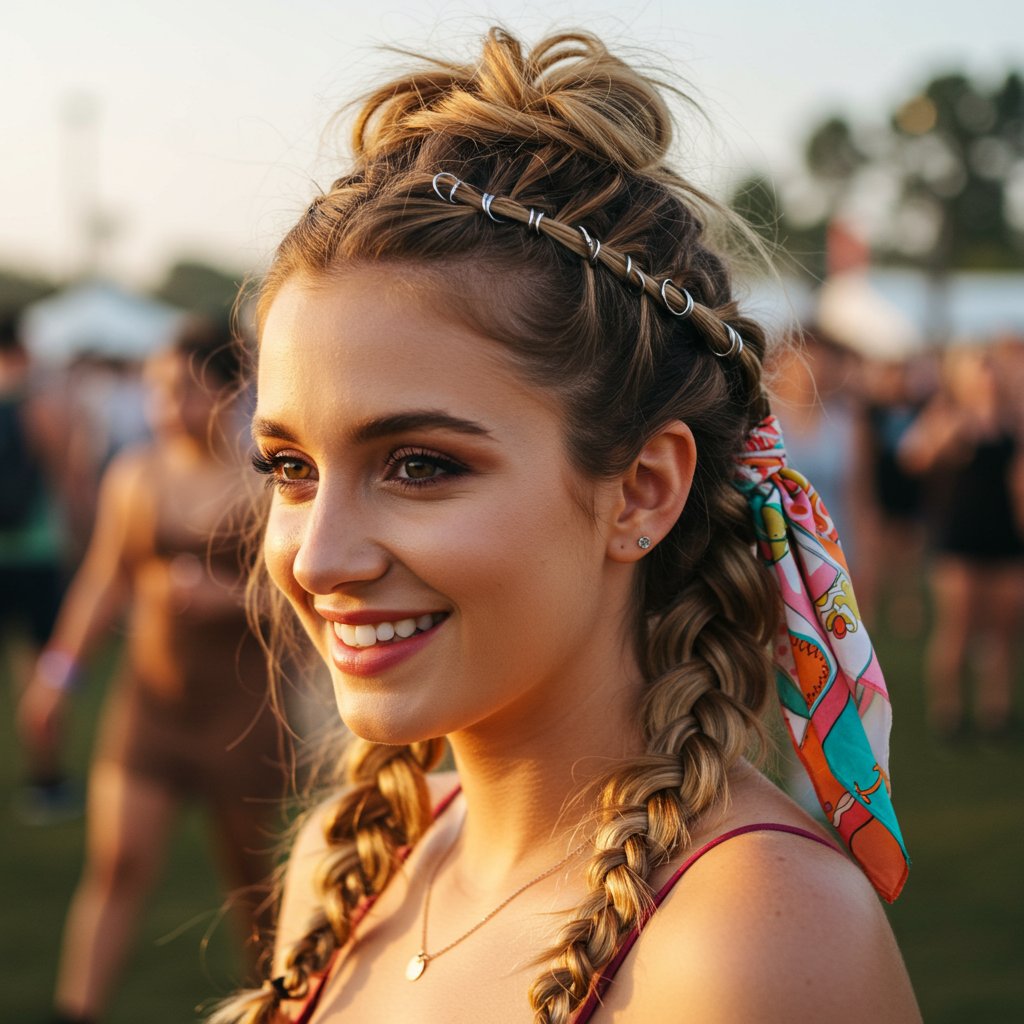
For Weddings and Formal Events: Polished and Embellished
For a bridal look or a black-tie event, a sleek and polished crown braid is the epitome of elegance. Opt for a French crown braid for a smoother finish. Ensure there are no flyaways by using a smoothing cream and a strong-hold hairspray. Elevate the style by weaving in delicate embellishments. Tiny pearls, crystal pins, or small, fresh flowers like baby's breath tucked into the plaits can transform the braid into a breathtaking work of art. For bridesmaids, a thin, metallic ribbon woven through the braid can add a touch of glamour that coordinates with the wedding's color scheme.For Festivals and Casual Outings: Relaxed and Accessorized
Festival fashion calls for a more laid-back, bohemian approach. A deconstructed, slightly messy fishtail or Dutch crown braid is the perfect choice. Don't be afraid to pancake the braid generously for maximum volume and texture. Pull out a few face-framing tendrils and give them a soft wave with a curling iron. Accessorize with elements like a silk scarf woven through, small metal hair rings clamped onto the plaits, or even a chain headpiece worn over the top. This relaxed version is all about expressing a free-spirited, effortless style.For the Office: Sleek and Professional
A crown braid can absolutely be work-appropriate when styled correctly. The key is to keep it neat, tidy, and secure. A tight French or Dutch crown braid that sits snugly against the head is ideal. Avoid excessive pancaking or loose tendrils. The goal is a look that is sophisticated and professional, keeping your hair neatly out of your face throughout a busy workday. This style projects confidence and poise, demonstrating attention to detail in a chic, understated way.Pro Tips for a Flawless, Long-Lasting Crown Braid
Mastering the crown braid can take practice. Here are some professional tips to help you achieve a salon-quality look that lasts.
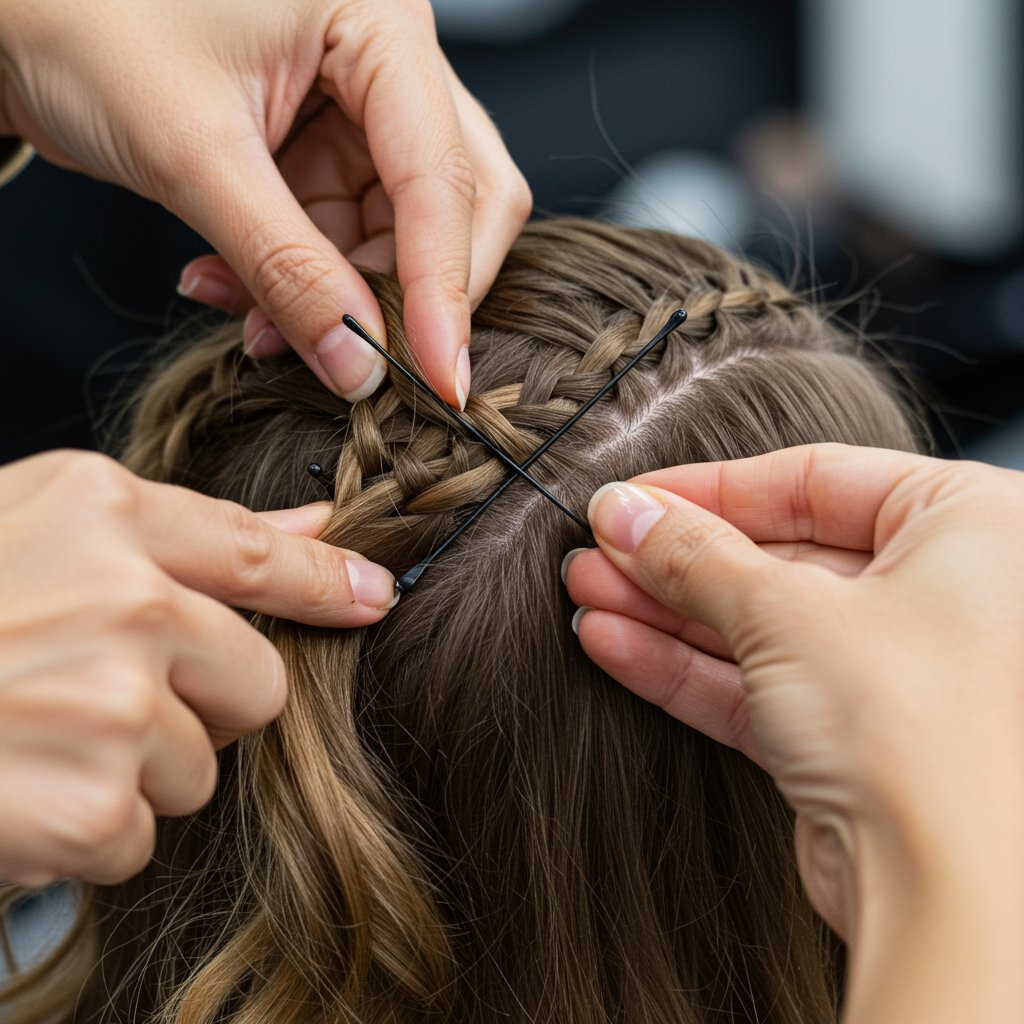
- Create Grip: As mentioned, second-day hair is best. To fake it, use a texturizing spray or dry shampoo liberally before you start. This will prevent silky strands from slipping out.
- Criss-Cross Your Pins: When securing the braid, insert bobby pins in a criss-cross or 'X' formation. This locks them in place and provides a much stronger hold than pins placed parallel to each other.
- Direction is Key: When pinning, slide the bobby pin in the opposite direction of the braid's path. This creates tension that anchors the style securely.
- Control Flyaways: Spray a clean toothbrush or a spoolie brush with hairspray and gently brush it over any flyaways to smooth them down without making your hair stiff.
- Build Your Foundation: If you have fine hair, consider lightly teasing the roots before you begin braiding. This will provide a cushion of volume for the braid to sit on, making it appear fuller.
- Don't Aim for Perfection: Especially for a bohemian look, a few imperfections add to the charm. A perfectly symmetrical, flawless braid can sometimes look too severe. Embrace the organic nature of the style.
Your Crown Braid Questions, Answered (FAQ)
Q1: How long does a crown braid typically last?
A well-secured crown braid can last for a full day and even into the next. If you protect it while sleeping (by wearing a silk scarf or bonnet), you can often get two days of wear out of the style, though it will have a softer, more deconstructed look on the second day.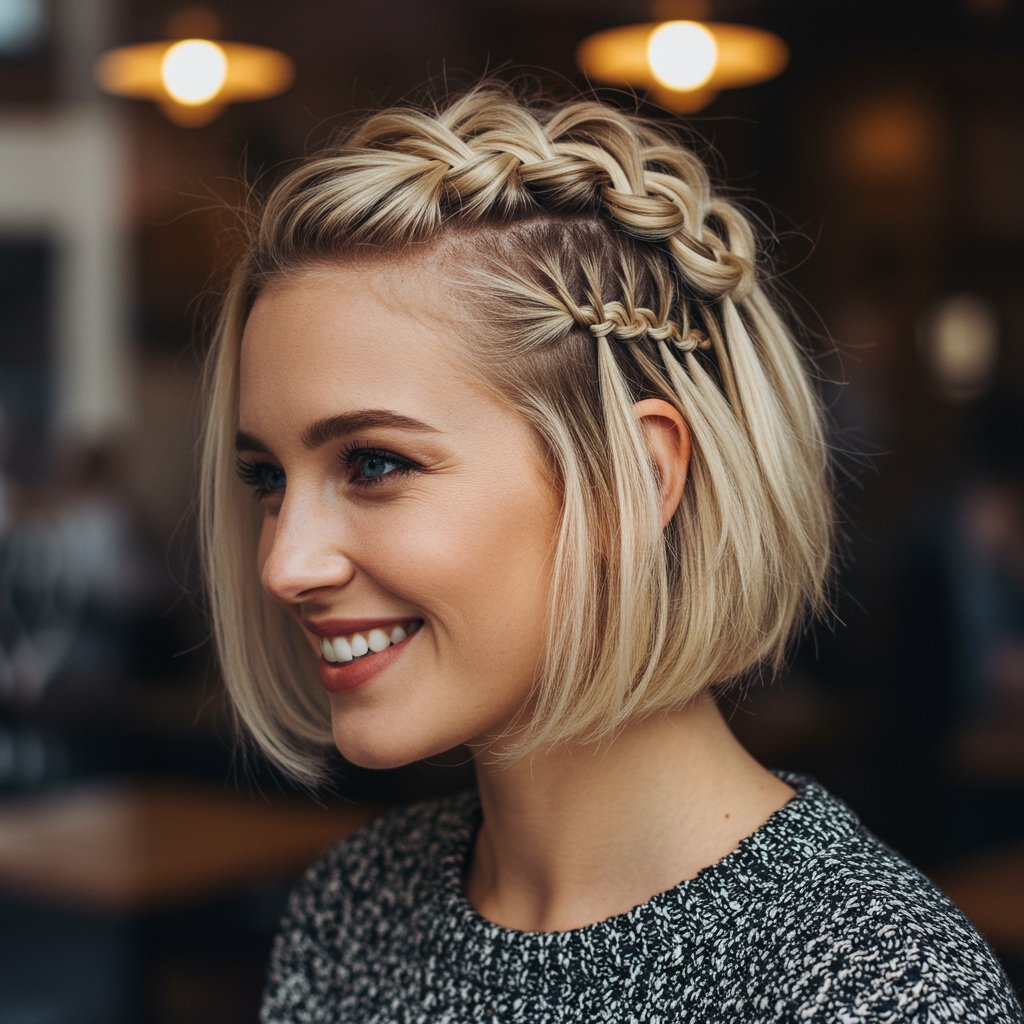
Q2: Is it possible to do a crown braid on myself?
Absolutely! It takes practice, patience, and a good mirror setup. It's often easier to start with two separate braids (pigtails) and then wrap them up and around. The true wrap-around single braid technique is more advanced but achievable with practice.Q3: What's the difference between a milkmaid braid and a crown braid?
These terms are often used interchangeably, but there's a subtle difference. A classic milkmaid braid is typically made by creating two separate braids and pinning them over the top of the head. A true crown braid is one continuous braid woven around the circumference of the head.Q4: How can I do a crown braid on short or medium-length hair?
For shorter hair, a 'faux' crown braid is the best option. You can create two small French or Dutch braids starting from a side part and braiding along the hairline toward the back. Pin the ends discreetly at the nape of your neck. This gives the illusion of a full crown without requiring long hair.Q5: Does a crown braid damage your hair?
When done correctly, a crown braid is a protective style that can prevent breakage from daily styling. However, if the braid is pulled excessively tight, it can cause tension on the scalp and hair follicles. Always braid firmly but comfortably, and never sleep in an overly tight braid.Conclusion: Embrace Your Inner Royalty
The crown braid is far more than just a hairstyle; it's a statement of elegance, romance, and versatile beauty. From its ancient origins to its modern-day revival, it has consistently captivated and charmed. Whether you opt for a bold Dutch braid, a soft French plait, or an intricate fishtail, the crown braid offers a way to elevate your look for any occasion.
While creating the perfect crown braid may require some practice, the stunning result is well worth the effort. By following the preparation steps, understanding the techniques, and using the right products, you can achieve this regal and ethereal style. For a truly flawless and special occasion look, consider booking an appointment with an experienced stylist who can craft a bespoke crown braid perfectly suited to you, ensuring you look and feel effortlessly beautiful.


